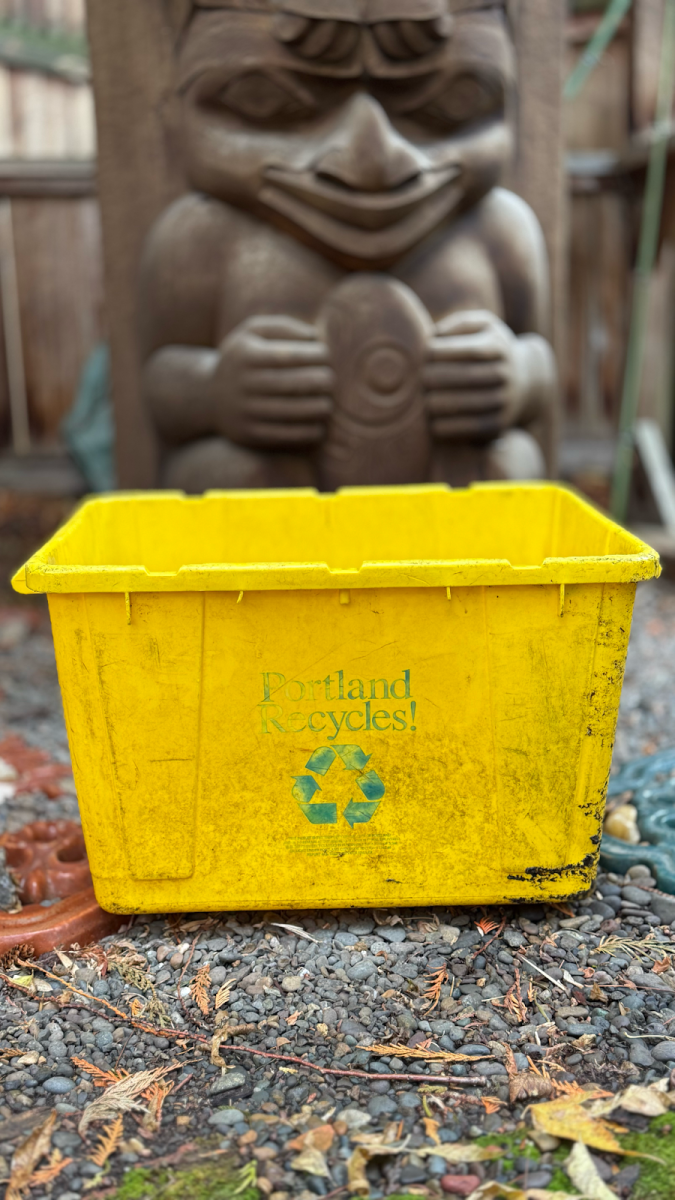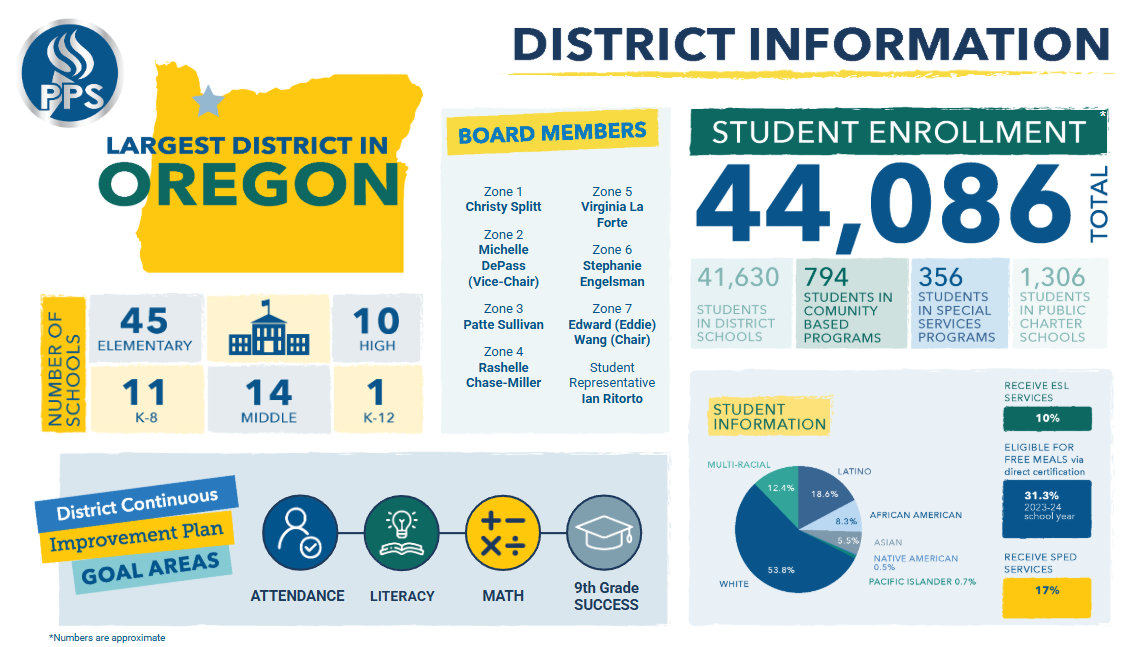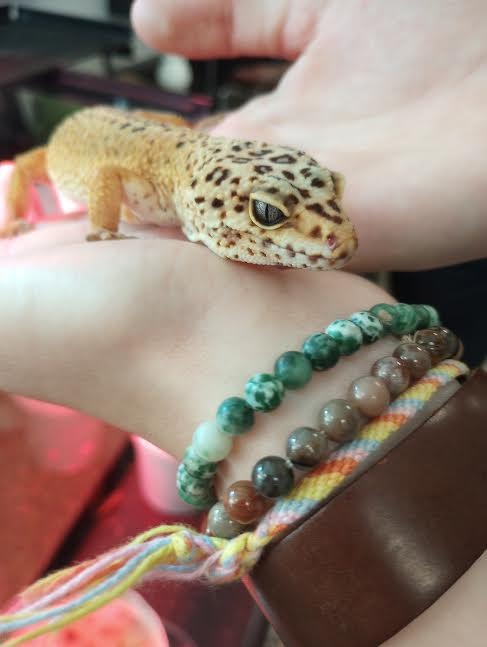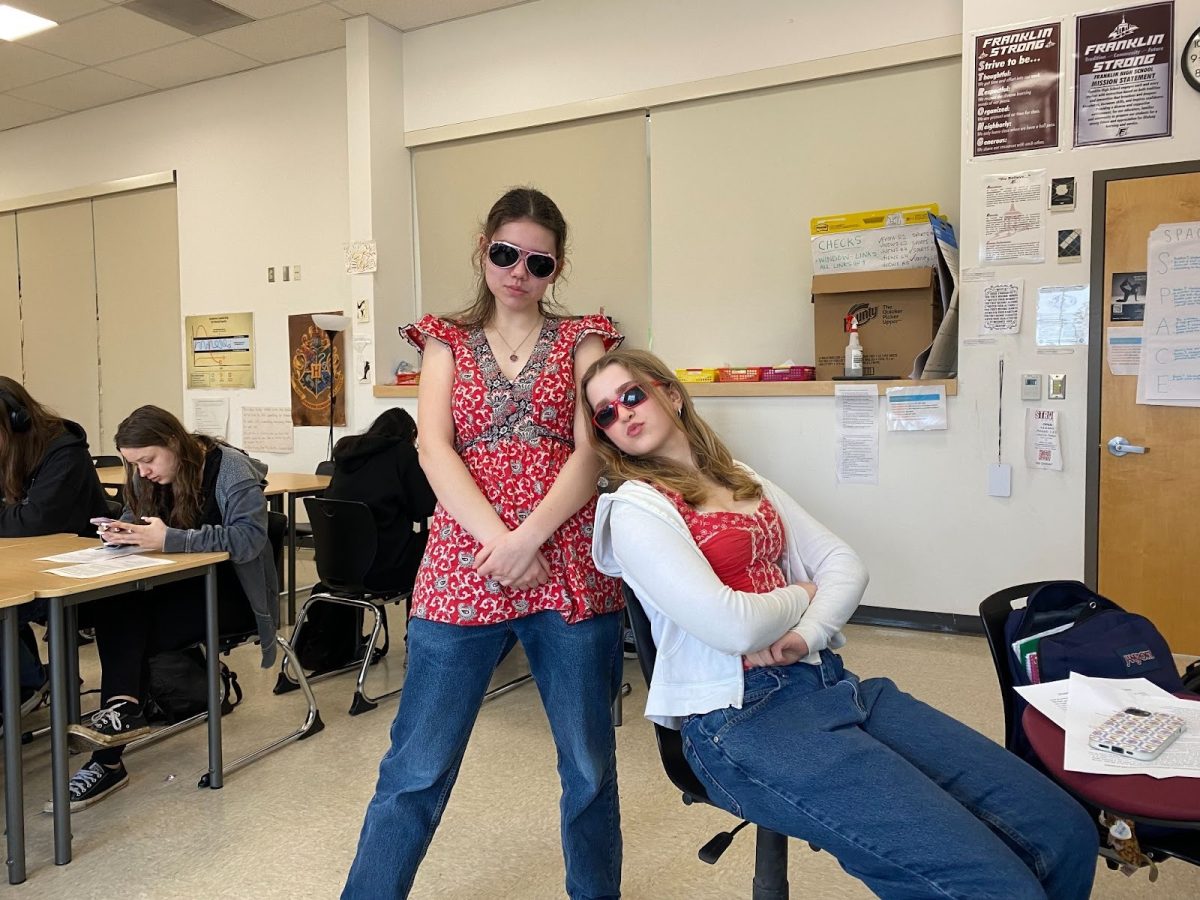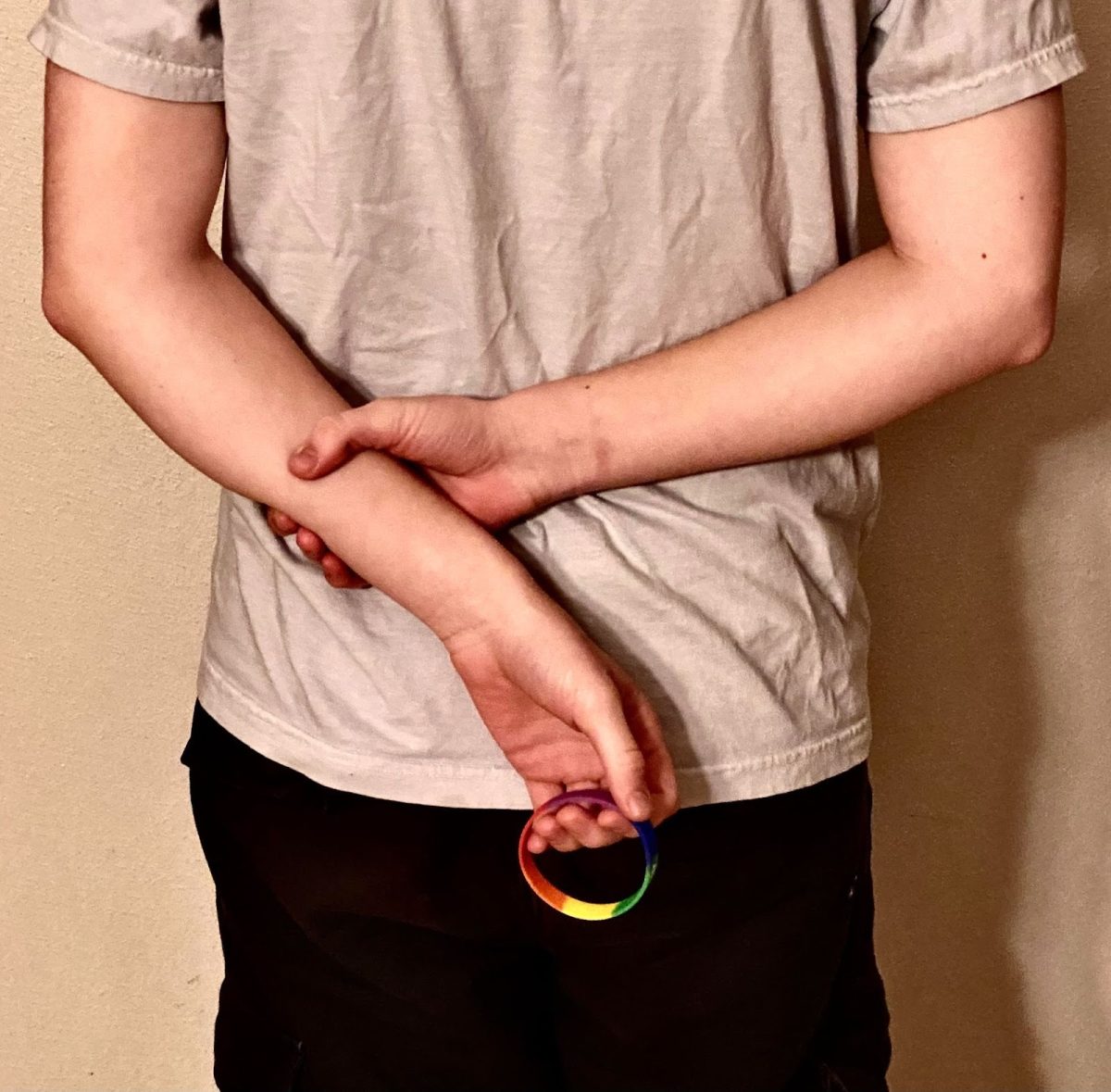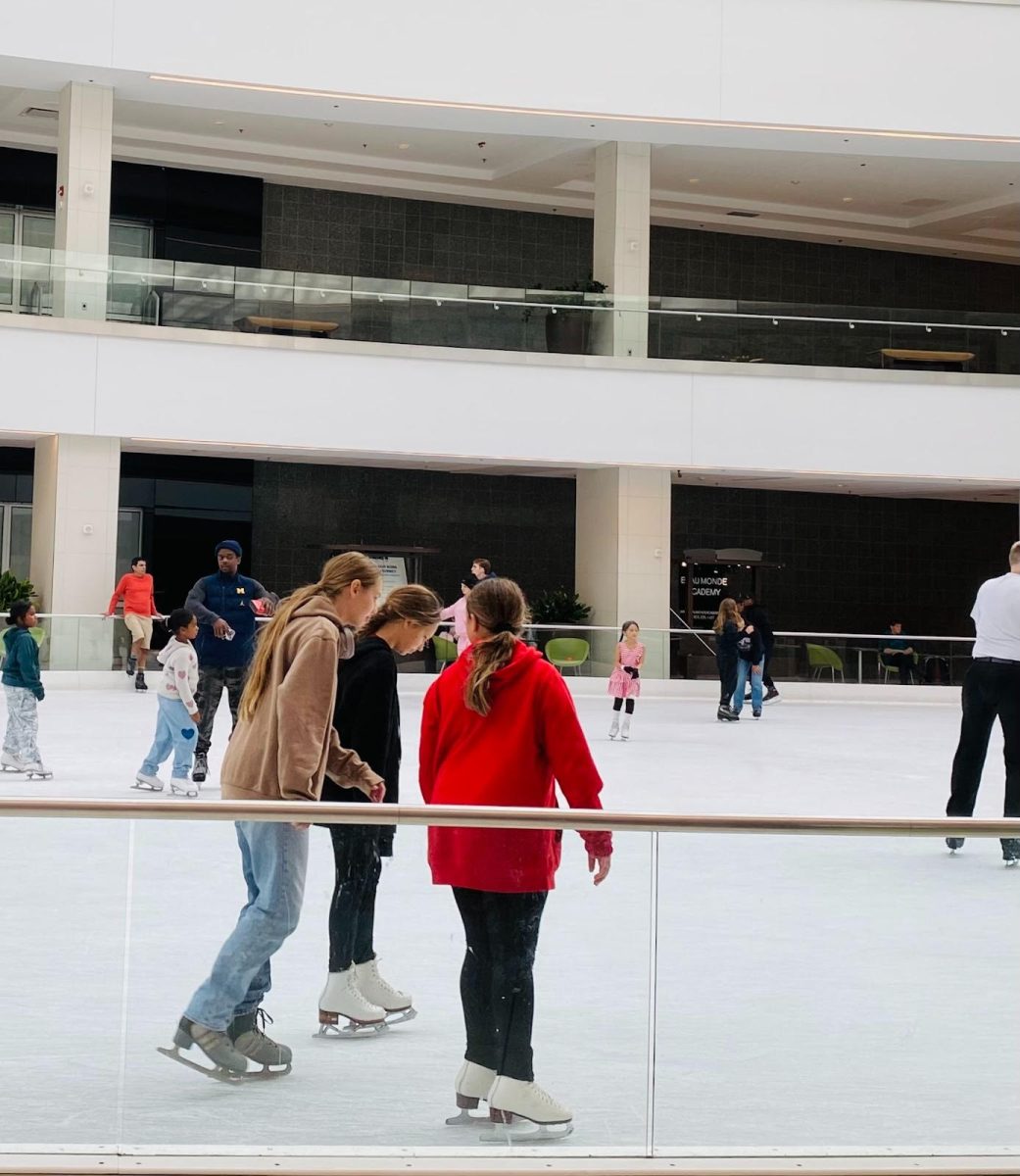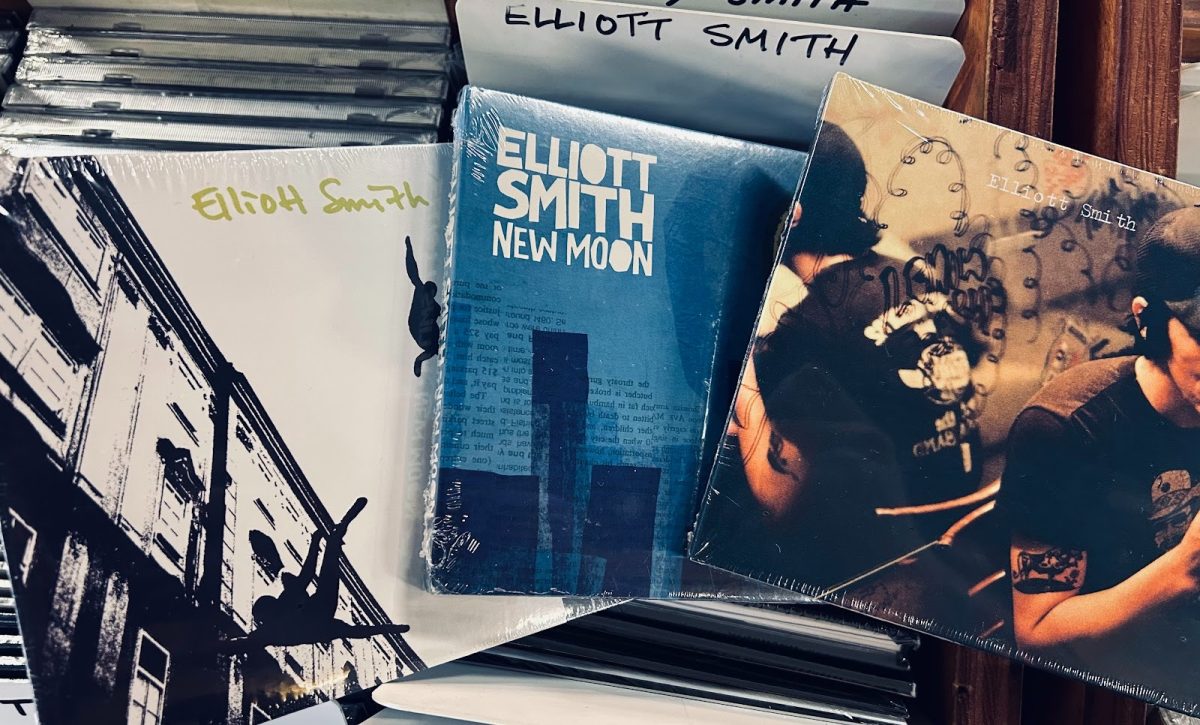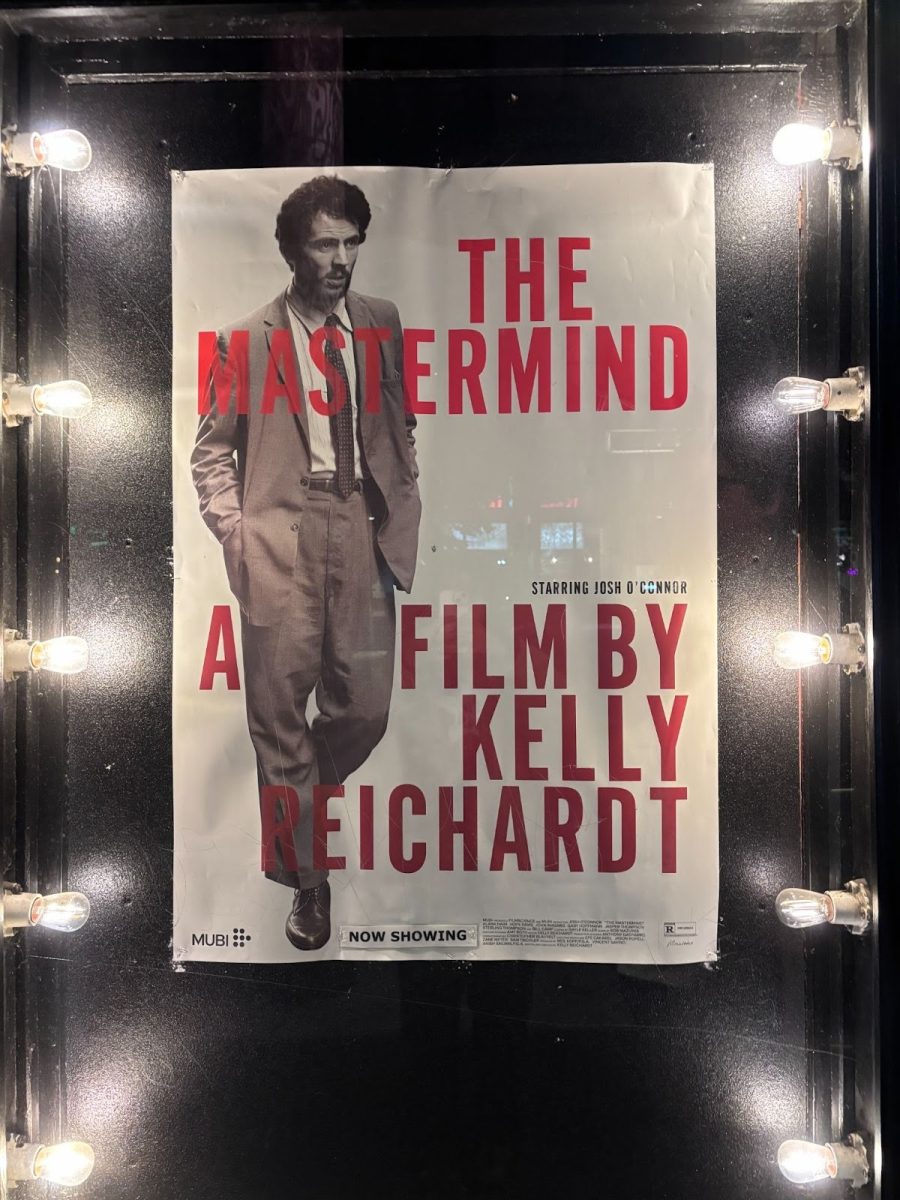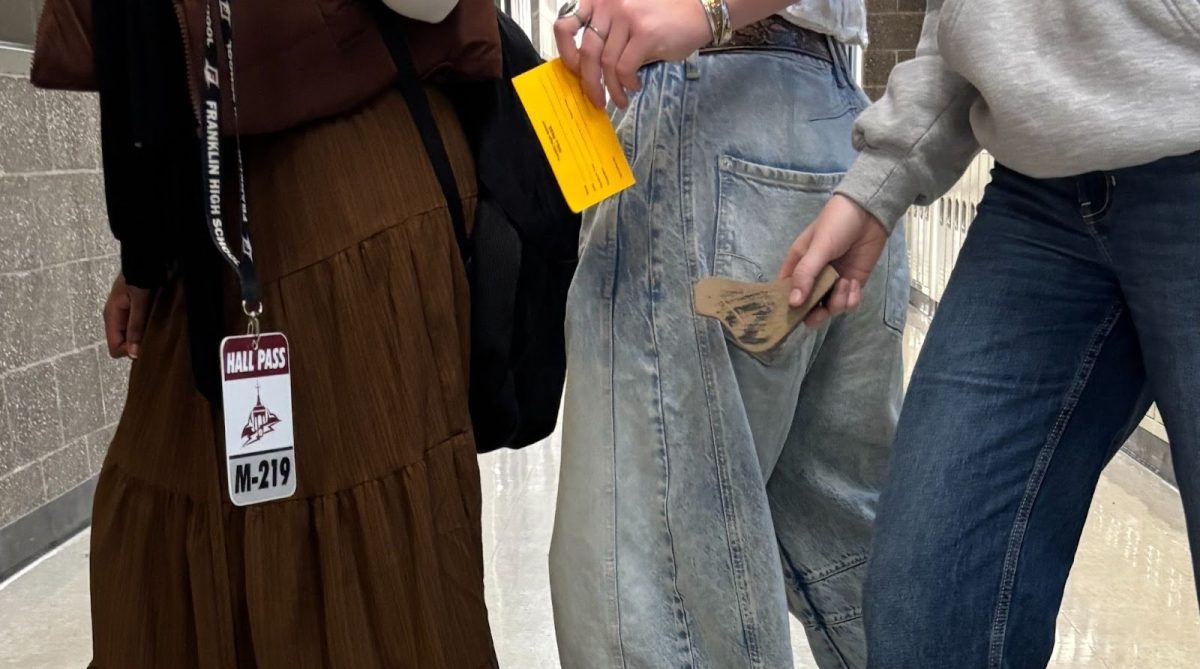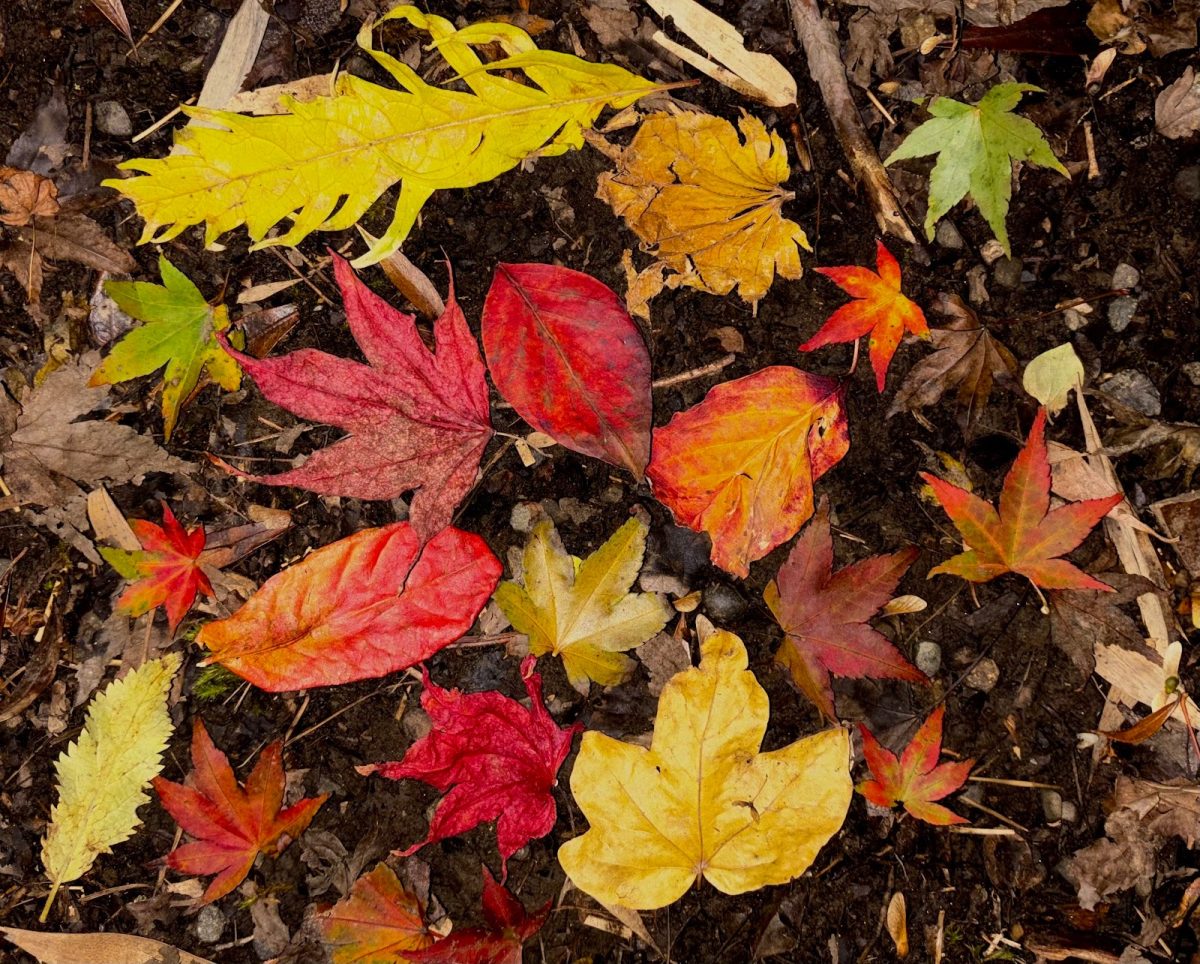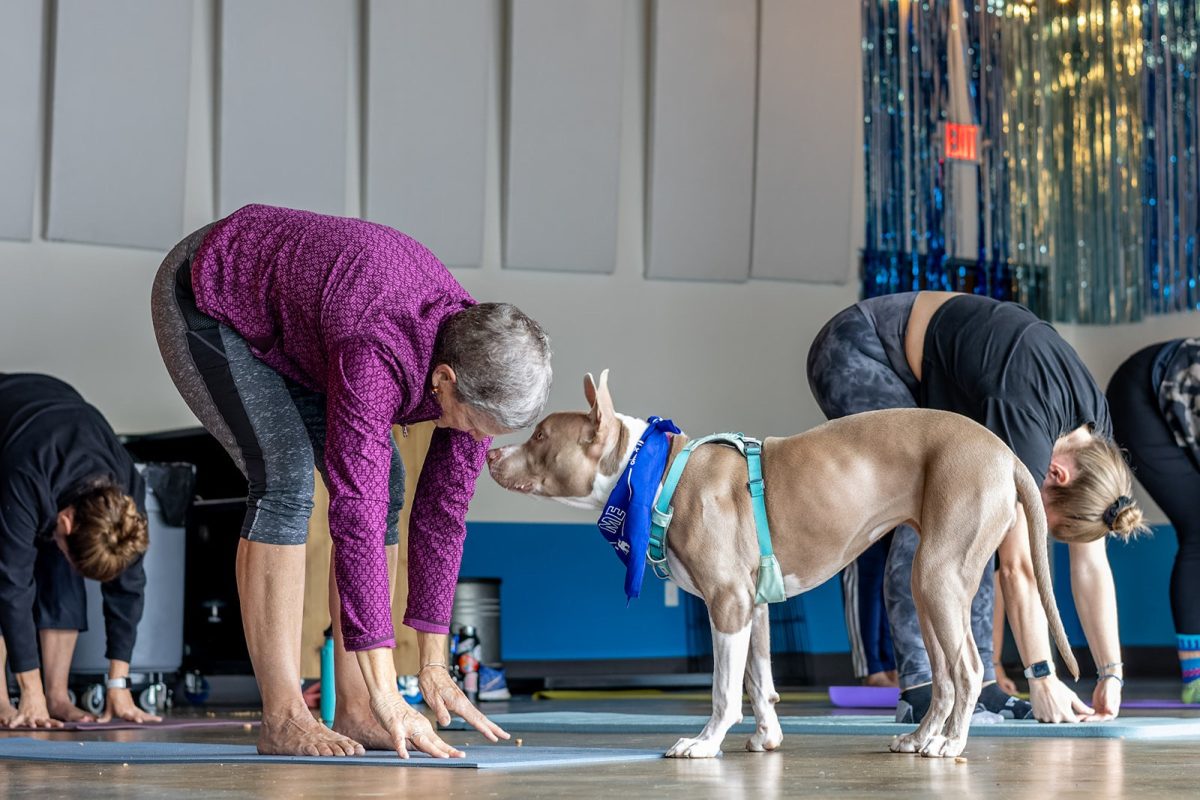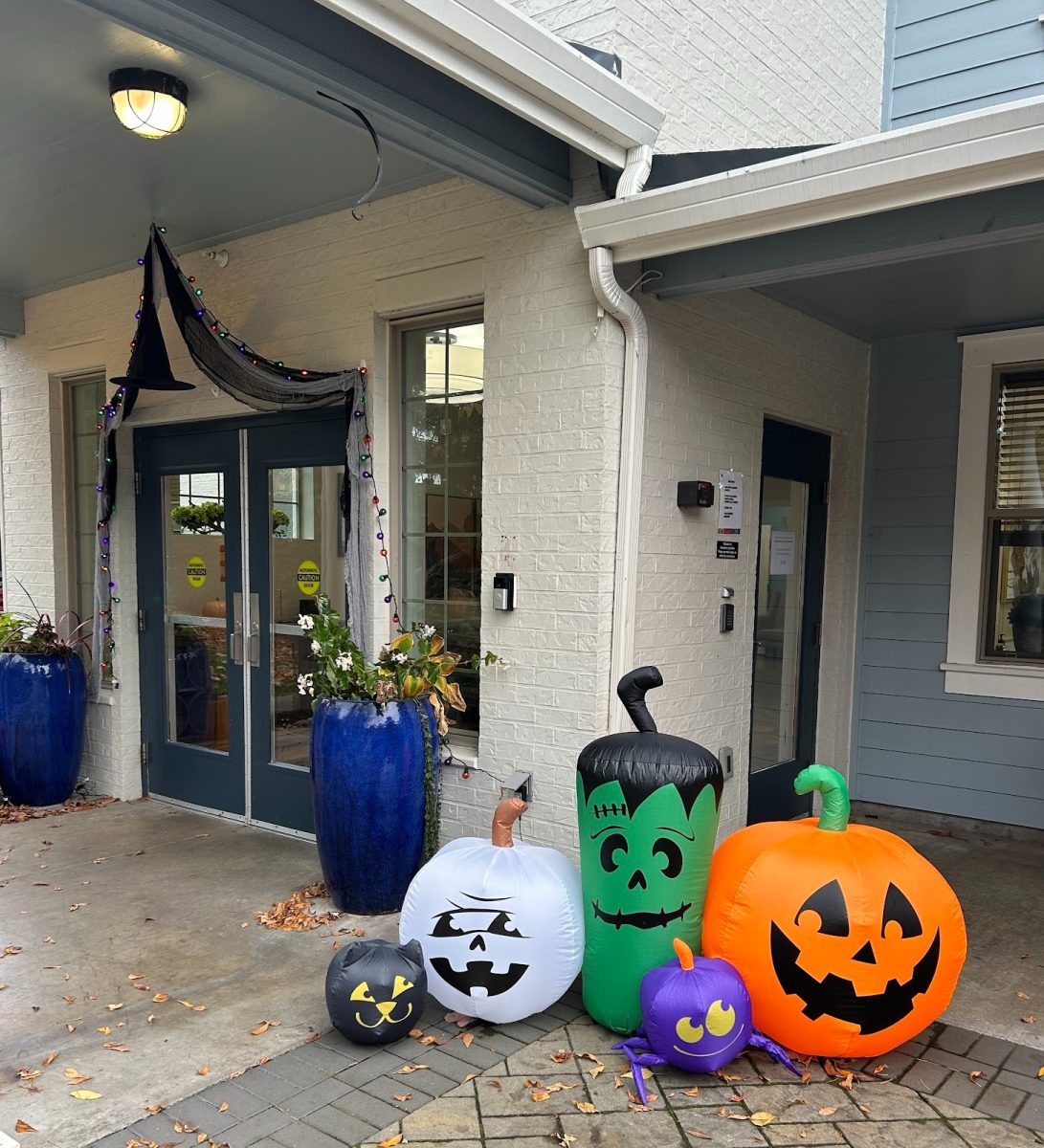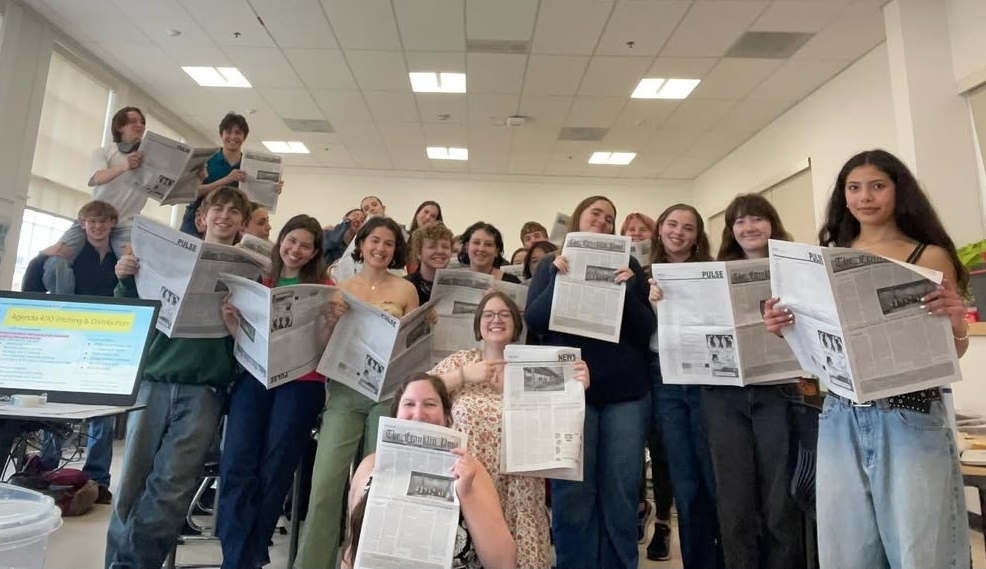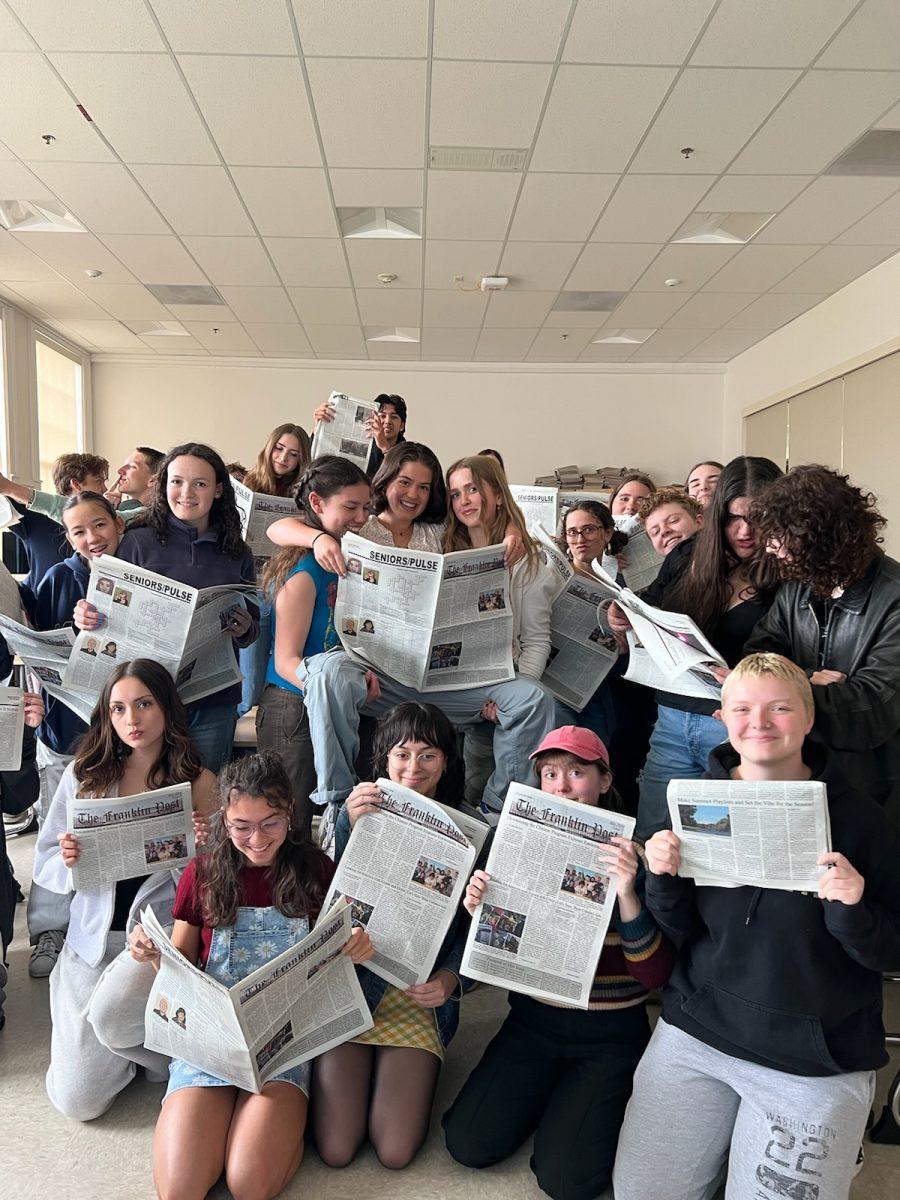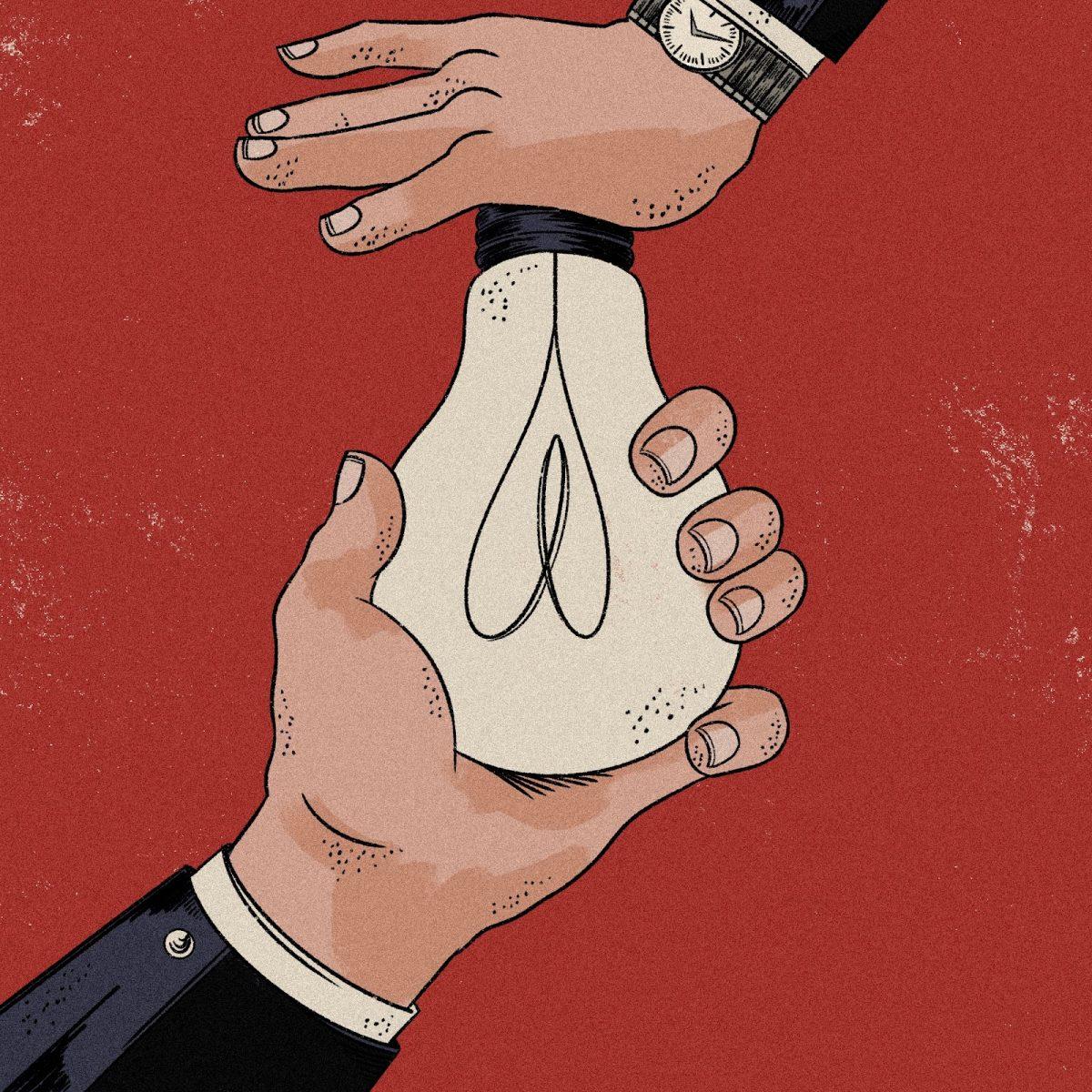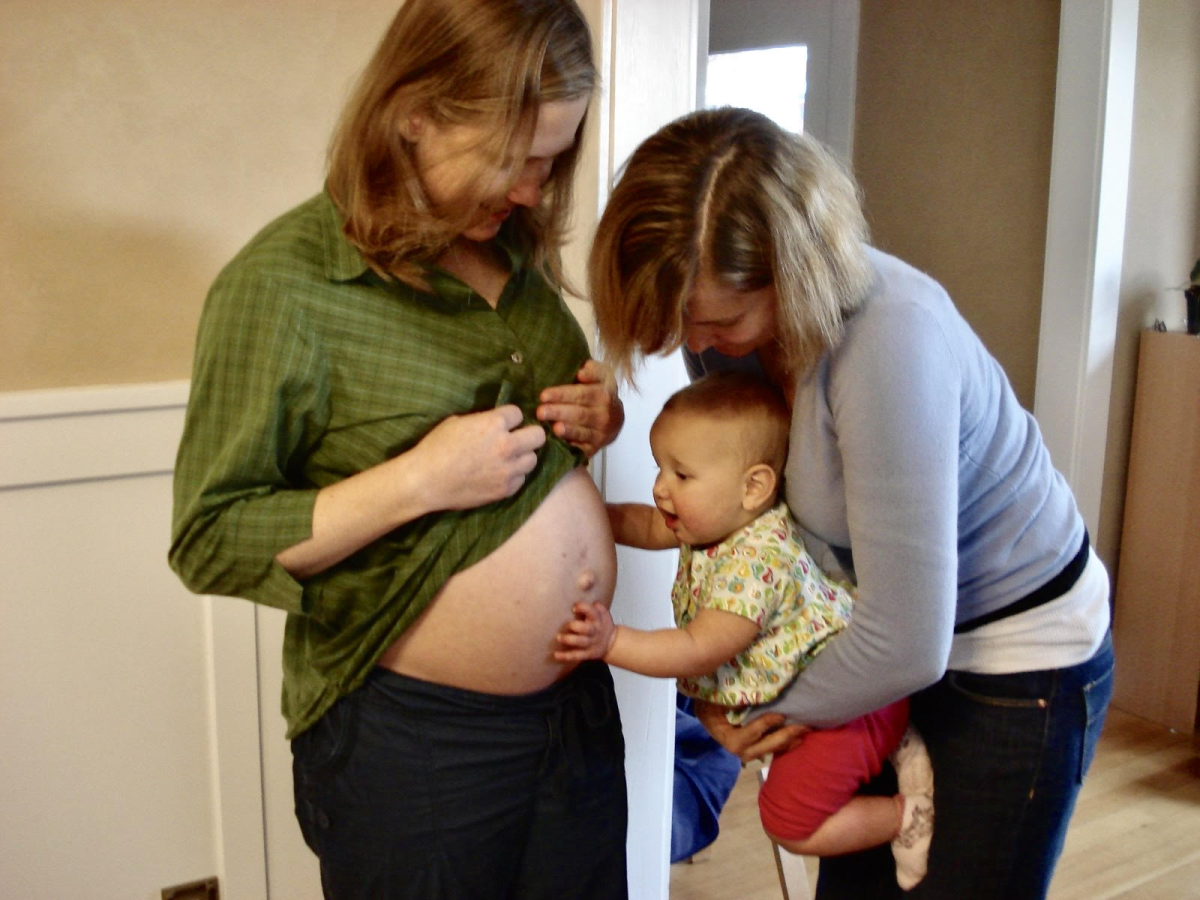
As humans, we are constantly learning to adapt to the world around us. How we engage with the people in our lives can be determined by subtle choices that we make, consciously or unconsciously. These choices can greatly impact our lives, whether or not we realize it. Of course, there are also more obvious factors that influence how we act; you wouldn’t behave the same at school as you would at home, you wouldn’t treat a teacher the way you would your best friend. These are tactful and necessary shifts that prevent you from coming off as impolite or overly familiar. Though not all of these changes in personality may be necessary, they still happen every day.
When I was younger, the adults in my life always told me that the trick to being liked was being myself. As I was only in the fifth grade, I didn’t really know how to take that, seeing as I didn’t yet have a full-fledged identity as a 10-year-old. As I progressed through middle school and high school, I kept coming back to the idea of “being myself.” In some cases, I would be myself, and I would be judged for it. In those situations, I learned to adapt so I could be accepted; though I do understand this to be inauthentic, it’s also a tool for survival.
Finding a balance between being true to yourself and fitting in is a common struggle, especially in school and throughout adolescence. In other scenarios where I have been more welcomed, I have felt better able to be myself and be accepted. Even then, navigating the balance of personal authenticity hasn’t been simple.
In my later years of high school, I’m lucky to have found people with whom I really connect. But as many people, I am sure, can relate to, I haven’t wholeheartedly devoted my identity to one friend group. I have a variety of interests, including writing, running, and filmmaking, so, naturally, I have different sets of friends who share these different interests. What I have found when switching between these hobbies and friends is that I act differently in each setting.
When I initially noticed this, I was a little alarmed. I couldn’t tell if I was putting on a facade for one group while being inauthentic with another. Anna York, an AP Psychology teacher at Franklin, says that these code switches can cross a line when one starts to “lie about” their personality. She explains that, “I don’t really like sports … [but] if I start saying, ‘Let’s talk about sports’ or, ‘I’m gonna hang out with a bunch of sports people,’ that’s definitely disingenuous.” So while you may act differently depending on who you are with, as long as you stay true to your core values and interests — and don’t straight-up lie — you are likely forming a genuine relationship.
However, Martin Vidal, a writer for Medium — an online publishing platform — who has specifically written about this phenomenon, says that he would “argue it is both deceptive and unavoidable. It’s as natural as anything.” Vidal believes that humans have adapted to switch between what he calls “A, B, [and] C modes.” This happens “in order to create social cohesion in a group. A is the superior [or] dominant state, B is the inferior [or] submissive state, and C is for contentious — this describes the condition when two parties are struggling for the A position.” Through this, Vidal says that every relationship has one person who tends to be more conflict avoidant and one person who is the opposite, unless they are both “contentious.” This dynamic isn’t problematic in and of itself. What Vidal thinks to be more of an ethical issue is when we “take advantage of our A or B position. We take advantage of our Bs through coercive actions, and we mistreat our As by blaming them for everything.”
Using this theory to examine different relationships, I can see many scenarios where I have fallen into each of these categories. I have found myself struggling for power in some social instances, and not in others. Especially in high school, I have seen many friend groups with a clear group leader. Understanding how you act in different relationships can help you look inward and find ways to be a better friend, partner, family member, and human being.
Finding friends and a community that you connect with can be a grueling process, especially when you don’t feel like you have a solid grasp on who you are. Finding your identity doesn’t happen overnight, so don’t be afraid to try out some different crowds or hobbies. Experimenting is a great way to find the perfect balance and a community that is welcoming and engaging to you. Ultimately, there’s nothing wrong with code-switching between different people, as long as you stay true to yourself; in fact, it just shows that you are someone with depth and character.

